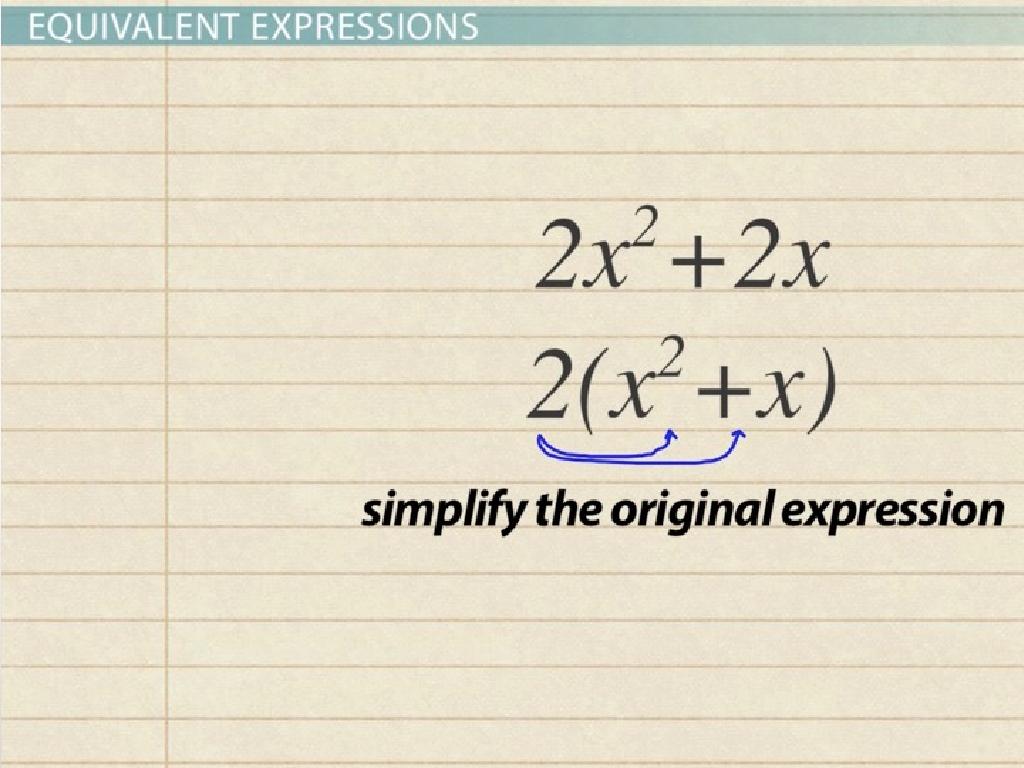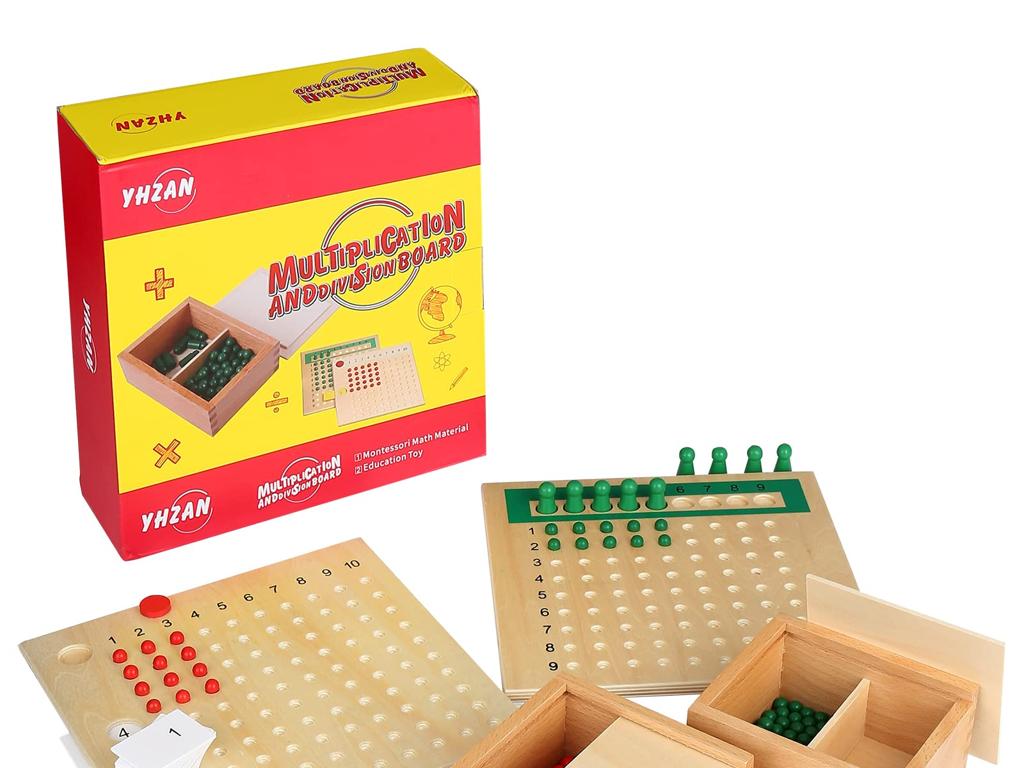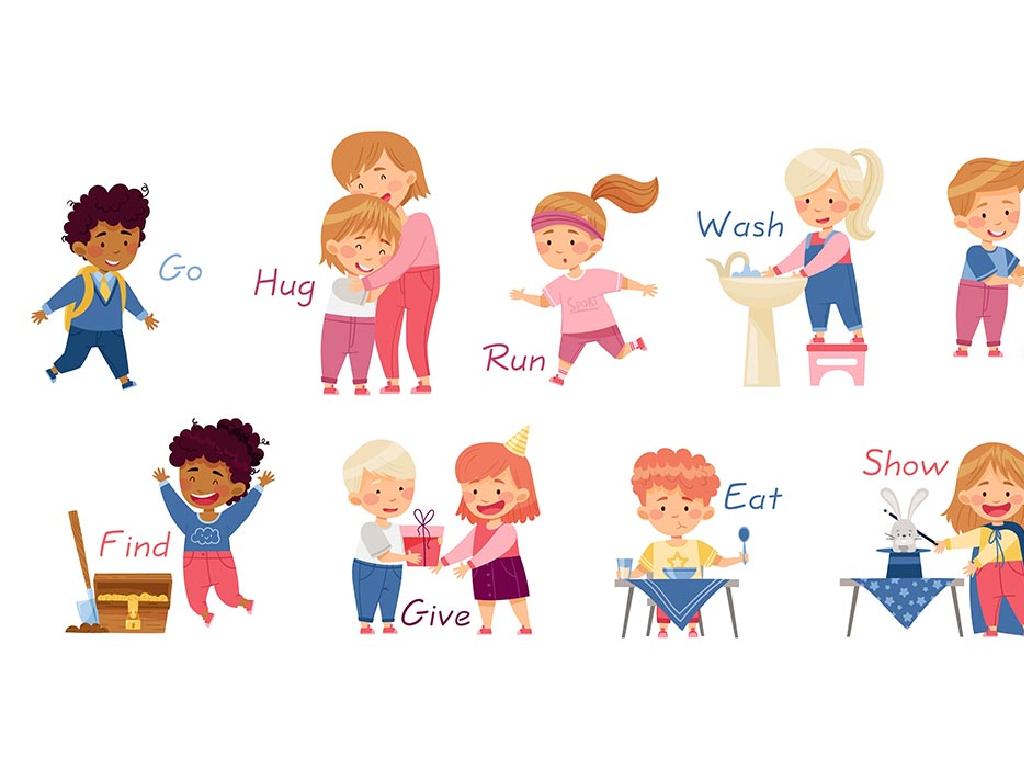The American Revolution: Struggle For Independence
Subject: Social studies
Grade: Fifth grade
Topic: The American Revolution
Please LOG IN to download the presentation. Access is available to registered users only.
View More Content
Welcome to the American Revolution!
– Grasping the fight for freedom
– Colonists fought to be free from British rule.
– Significance in history
– It shaped our nation and democratic ideals.
– Glimpse of today’s lesson
– We’ll explore key battles and figures.
– Engaging with the past
|
Today’s lesson will introduce students to the American Revolution, emphasizing the colonists’ struggle for independence from British rule. We’ll discuss why the Revolution was a pivotal moment in history, shaping the United States and its values. The lesson will cover the causes of the Revolution, key figures who played a role, and significant battles that led to American independence. Engage students by connecting the fight for freedom to the rights and liberties they enjoy today. Encourage them to think about what independence means to them and how history has shaped their lives.
Causes of the American Revolution
– Taxation without representation
– Colonists had to pay taxes but couldn’t vote on them
– The Boston Tea Party
– Protest against tax on tea; colonists dumped tea into the harbor
– Intolerable Acts’ role
– Harsh laws passed by Britain in response to the Tea Party
– Escalating tensions
– These acts increased anger and led to calls for independence
|
This slide aims to explain the key factors that led to the American Revolution. Start by discussing how the British government taxed the colonists without allowing them any representation in Parliament, which was not fair and caused resentment. The Boston Tea Party was a direct protest against the Tea Act, where colonists threw an entire shipment of tea into Boston Harbor to oppose taxation. The Intolerable Acts were a series of punitive laws passed by the British Parliament in response to the Boston Tea Party, which further inflamed the colonists’ desire for independence. These events were pivotal in escalating tensions that ultimately led to the Revolutionary War. Encourage students to think about how they would feel if they were taxed without their input and to consider the significance of standing up for what is fair.
Key Figures in the American Revolution
– Meet George Washington
– First U.S. President, led Continental Army
– Revolutionary leaders: Jefferson & Franklin
– Jefferson wrote Declaration, Franklin was a diplomat
– Women’s roles: Sampson & Pitcher
– Deborah disguised as a man to fight, Molly aided soldiers
– Understanding their impact
|
This slide introduces students to the influential figures of the American Revolution, emphasizing their contributions to the struggle for independence. George Washington’s leadership as the commander of the Continental Army and his later role as the first President are highlighted. Thomas Jefferson’s authorship of the Declaration of Independence and Benjamin Franklin’s diplomatic successes are also discussed. The participation of women, often overlooked, is exemplified by Deborah Sampson, who disguised herself as a man to fight, and Molly Pitcher, who supported troops on the battlefield. Encourage students to recognize the diverse roles individuals played in the Revolution and how each contributed to the ultimate goal of independence.
Major Battles of the American Revolution
– The Battle of Lexington and Concord
– First military engagements of the Revolutionary War
– Significance of Saratoga
– Turning point that gained French support
– The Battle of Yorktown
– Last major battle where British surrendered
– Impact on Independence
|
This slide highlights the pivotal battles that shaped the American Revolution. The Battle of Lexington and Concord marked the start of armed conflict between Great Britain and the thirteen colonies. The significance of the Battle of Saratoga lies in its role as a turning point in the war, convincing France to join the fight against Britain. The Battle of Yorktown was the final major conflict of the Revolution, leading to British surrender and eventual recognition of American independence. Discuss the strategic moves, key figures, and the outcomes of these battles to provide students with a comprehensive understanding of their importance in the struggle for independence.
Life During the American Revolution
– Daily life in the Revolution
– Soldiers faced hardships, civilians adapted to wartime.
– Children’s role in the war
– Kids helped by running errands, even spying!
– War’s impact on society
– Different experiences for Loyalists, Patriots, and others.
|
This slide aims to give students a glimpse into the everyday lives of people during the American Revolution. Discuss the daily routines and struggles of soldiers, such as lack of supplies and harsh conditions. Explain how civilians, including women, had to adapt to the new wartime reality, often taking on additional responsibilities. Highlight the contributions of children, who supported the war effort in various ways, including delivering messages or helping in the camps. Address the varied impact of the war on different groups, including Loyalists, Patriots, African Americans, and Native Americans, and how their experiences differed. Encourage students to empathize with people from the past and consider how everyone, not just soldiers, played a part in the war.
The Declaration of Independence
– Purpose of the Declaration
– It was to state why the colonies needed to be free from Britain.
– Learn the Preamble phrases
– ‘We hold these truths to be self-evident’ means some things are obvious.
– Colonists’ desire for freedom
– The Declaration listed reasons why colonists wanted to govern themselves.
– Impact on America’s future
– The Declaration was a promise of freedom and set the stage for the U.S.
|
The Declaration of Independence was a courageous announcement by the American colonies that they were breaking away from British rule. It’s important to explain the purpose of the Declaration and how it justified the colonists’ actions. The preamble, with its famous phrases, lays out the philosophical foundation of America’s government and society. Discuss how the Declaration expressed the colonists’ strong desire for freedom and their reasons for separation. Highlight the lasting impact of the Declaration on the future of the United States, setting the ideals of liberty and justice. Encourage students to think about what freedom means to them and how the Declaration still influences our lives today.
The Outcome and Effects of the American Revolution
– Treaty of Paris 1783
– Ended the war and recognized U.S. independence
– Global influence of the Revolution
– Inspired revolutions in France and Latin America
– Birth of the U.S. Constitution
– Established the government’s framework in 1787
– America’s independence recognized
|
This slide aims to summarize the major outcomes and lasting effects of the American Revolution. The Treaty of Paris, signed in 1783, officially ended the war and led to global recognition of America as an independent nation. The revolutionary ideas of liberty and self-governance influenced other countries, sparking movements like the French Revolution. The creation of the U.S. Constitution laid down the laws and principles that would govern the United States. Discuss with students how these events shaped the nation’s future and the world’s view on democracy and independence. Encourage them to think about the importance of these documents and ideas in today’s society.
Reenacting the Revolutionary War
– Divide into groups for reenactment
– Assign historical roles to each group
– Act out scenes from the American Revolution
– Discuss the feelings of historical involvement
– Imagine being a Patriot or a Loyalist during the war. How would you feel?
|
This class activity is designed to immerse students in the history of the American Revolution by having them reenact scenes from this pivotal period. By dividing the class into groups and assigning roles such as Patriots, Loyalists, British soldiers, or American colonists, students will gain a deeper understanding of the perspectives and experiences of those who lived through the events. After the reenactments, lead a discussion to reflect on the emotional impact of being part of such significant historical events. Encourage students to express how they felt during the reenactment and what insights they gained into the struggles faced during the American Revolution. Possible scenes for reenactment include the Boston Tea Party, the signing of the Declaration of Independence, or a battle scene. This activity will help students empathize with historical figures and better grasp the concept of struggle for independence.






